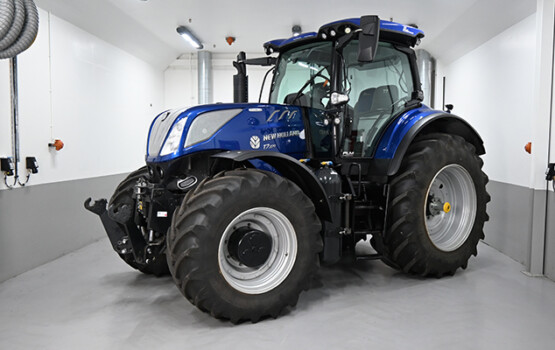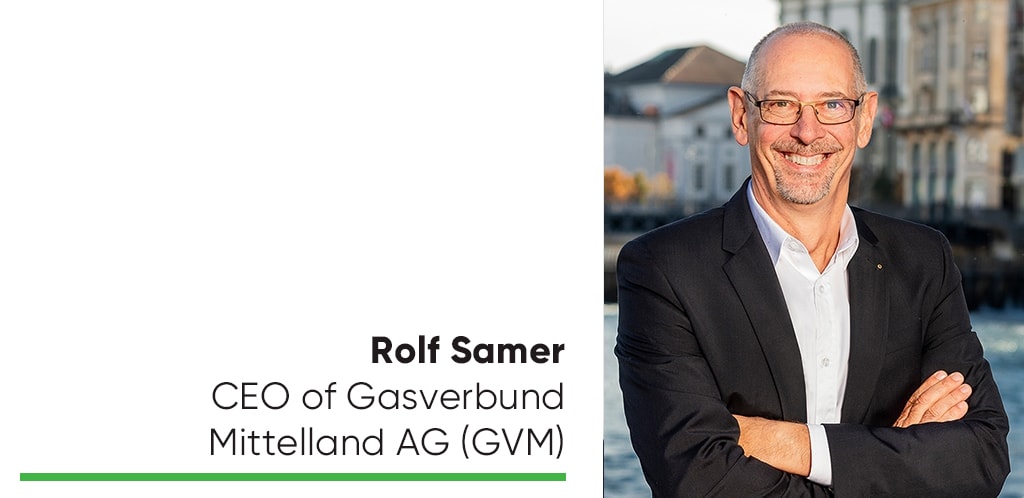Portal for more climate-friendly mobility
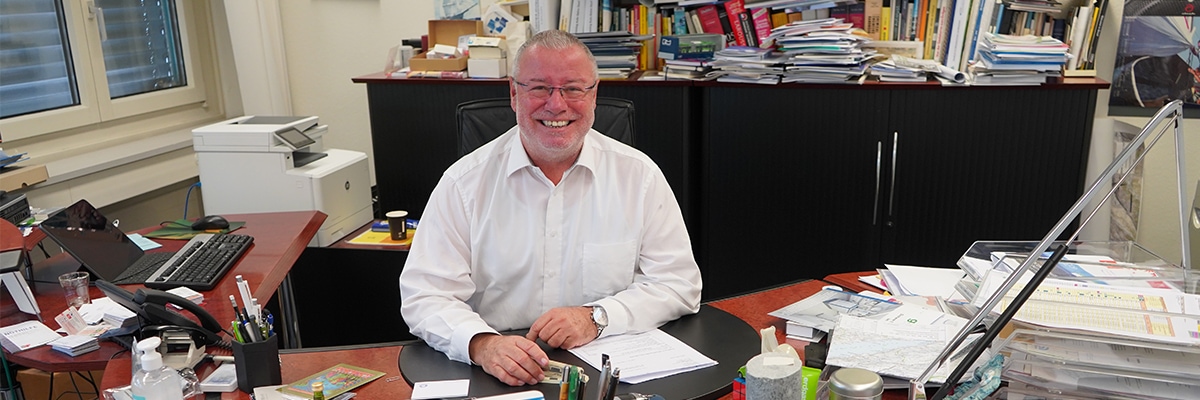
Subsidies or quotas?
Hans Wach was at the helm of Gasverbund Mittelland AG for more than 20 years, and now he has retired. What challenges does he still see for CNG mobility? And what opportunities to boost biogas production in Switzerland? This is because with “Swiss-made” biogas in the engine, CNG vehicles enable virtually CO2-neutral mobility. Hans Wach also talks to CNG-Mobility.ch about photovoltaics and the winter electricity shortage.
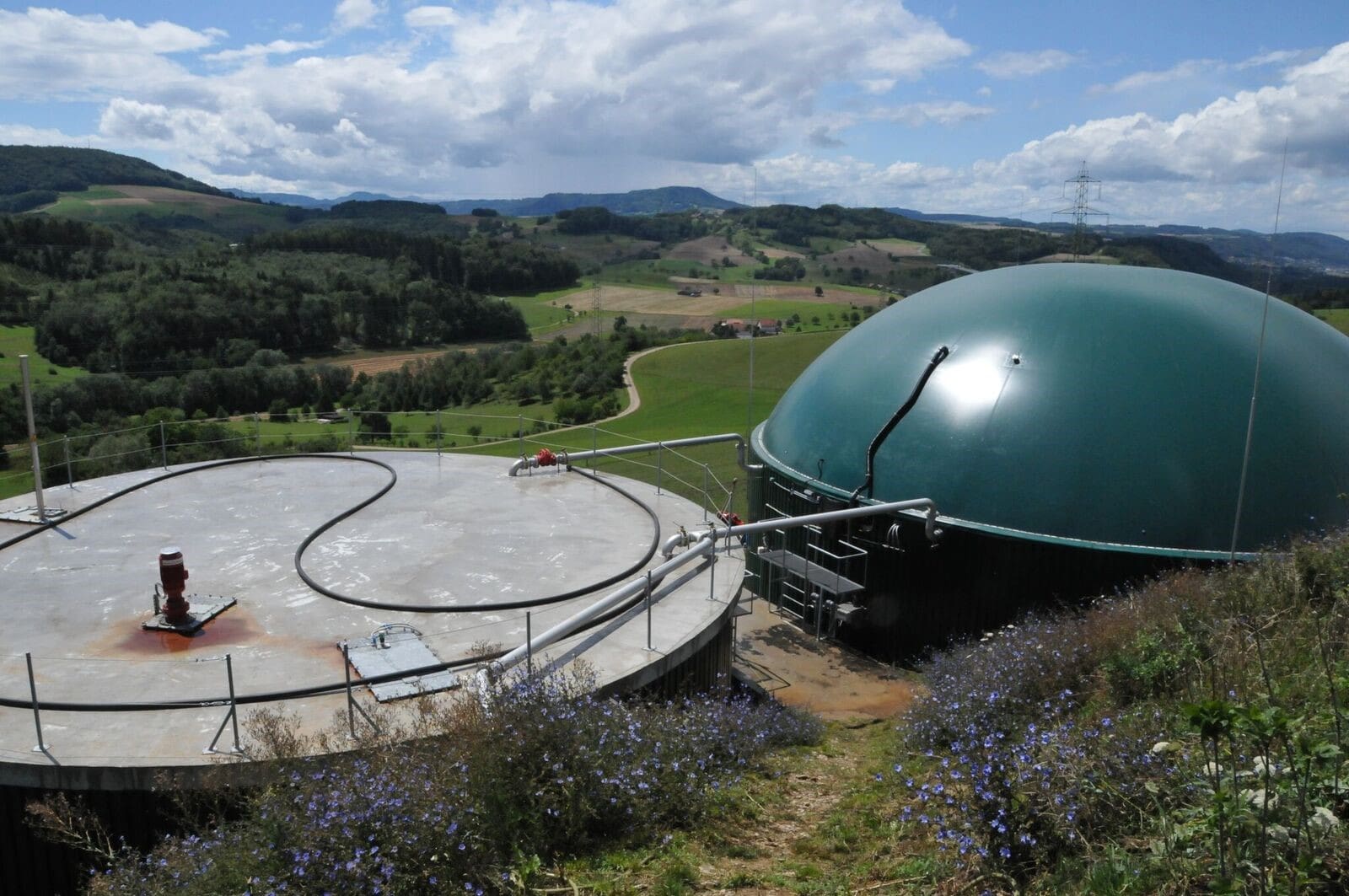 One of the approximately 120 agricultural and 29 commercial biogas plants that ferment green waste in Switzerland. Quelle: Biomasse Suisse
One of the approximately 120 agricultural and 29 commercial biogas plants that ferment green waste in Switzerland. Quelle: Biomasse Suisse
According to Hans Wach, who has now retired after more than 20 years at the helm of Gasverbund Mittelland AG, two incentive systems could currently provide a boost to Swiss biogas production. In Denmark, for example, this takes the form of long-term subsidies and correspondingly high feed-in tariffs. “The purchase price for biogas is determined there. It is a model that also attracts investors, as it turns biogas production into a business case,” says the expert. Accordingly, about five-and-a-half terawatt hours of biogas has also been produced in Denmark from almost nothing in recent years. “The investors are even building connections for the biogas plant to the gas grid because it pays off.”
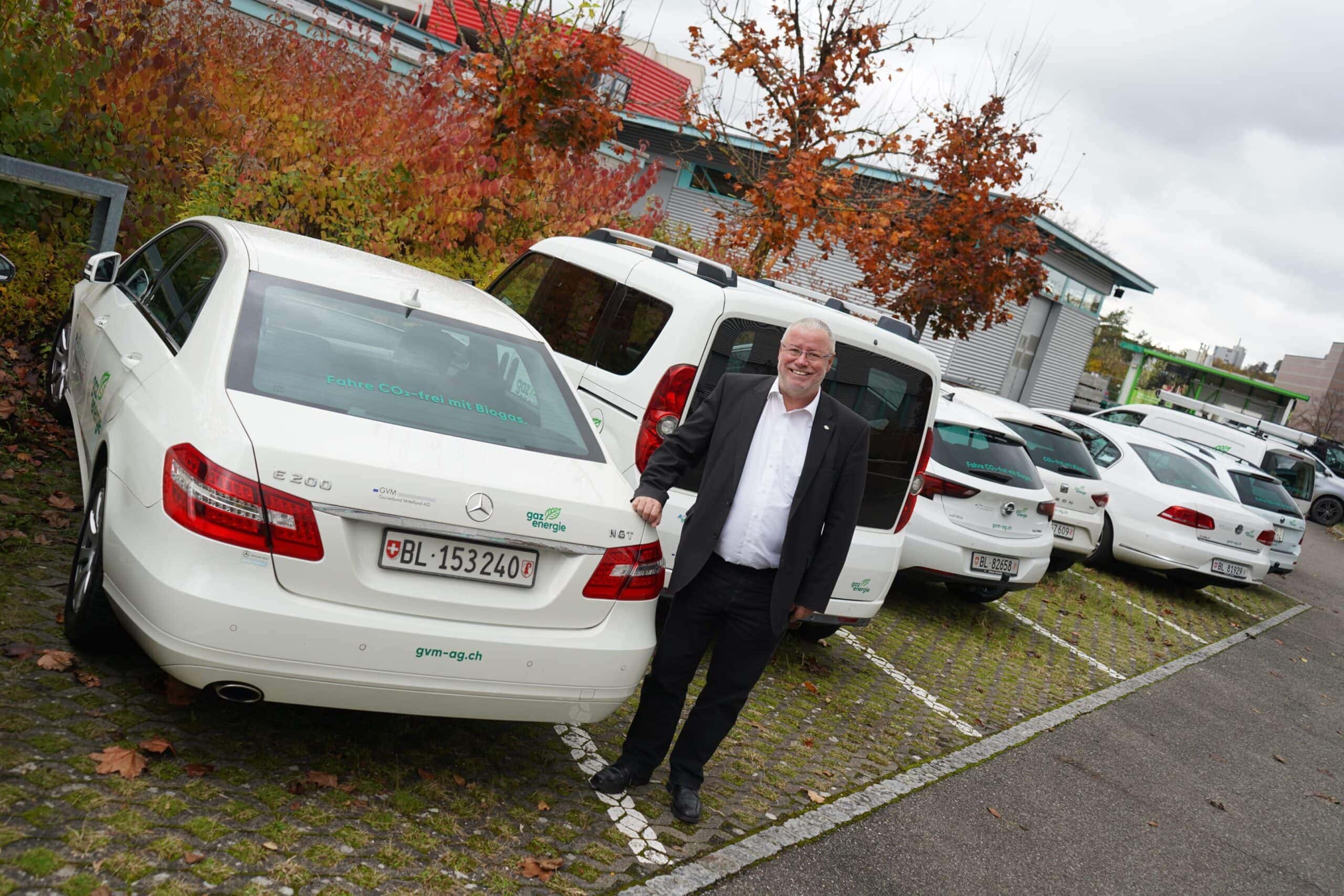 Hans Wach in front of the CNG fleet of Gasverbund Mittelland AG. Source: CNG-Mobility.ch
Hans Wach in front of the CNG fleet of Gasverbund Mittelland AG. Source: CNG-Mobility.ch
Hans Wach sees the second method, which is far better suited for Switzerland than any subsidy pots or eco-funds, with statutory quotas for the share of biogas. “You simply set a quota; make a plan for a gradual increase in the share of biogas over a period of ten or even twenty years – also for the heating market and not just for mobility,” explains the outgoing GVM managing director. This also creates investment security and the model works, as the example of Germany shows. There, a certain proportion of fuels must come from biogenic/renewable sources. “In 2023, Germany will already require 8% green fuel for diesel and petrol imports – and biogas may be used as well. That’s an enormous amount of biogenic fuel which will be needed», says Hans Wach. “By 2030, by the way, the quota in Germany will already be 23%. That’s why there’s now a real run on biogas. Biogas plants are suddenly being built.” For the CNG promoter, this is certainly a model that could also be used here in Switzerland to push ahead with the construction of Swiss biogas plants.
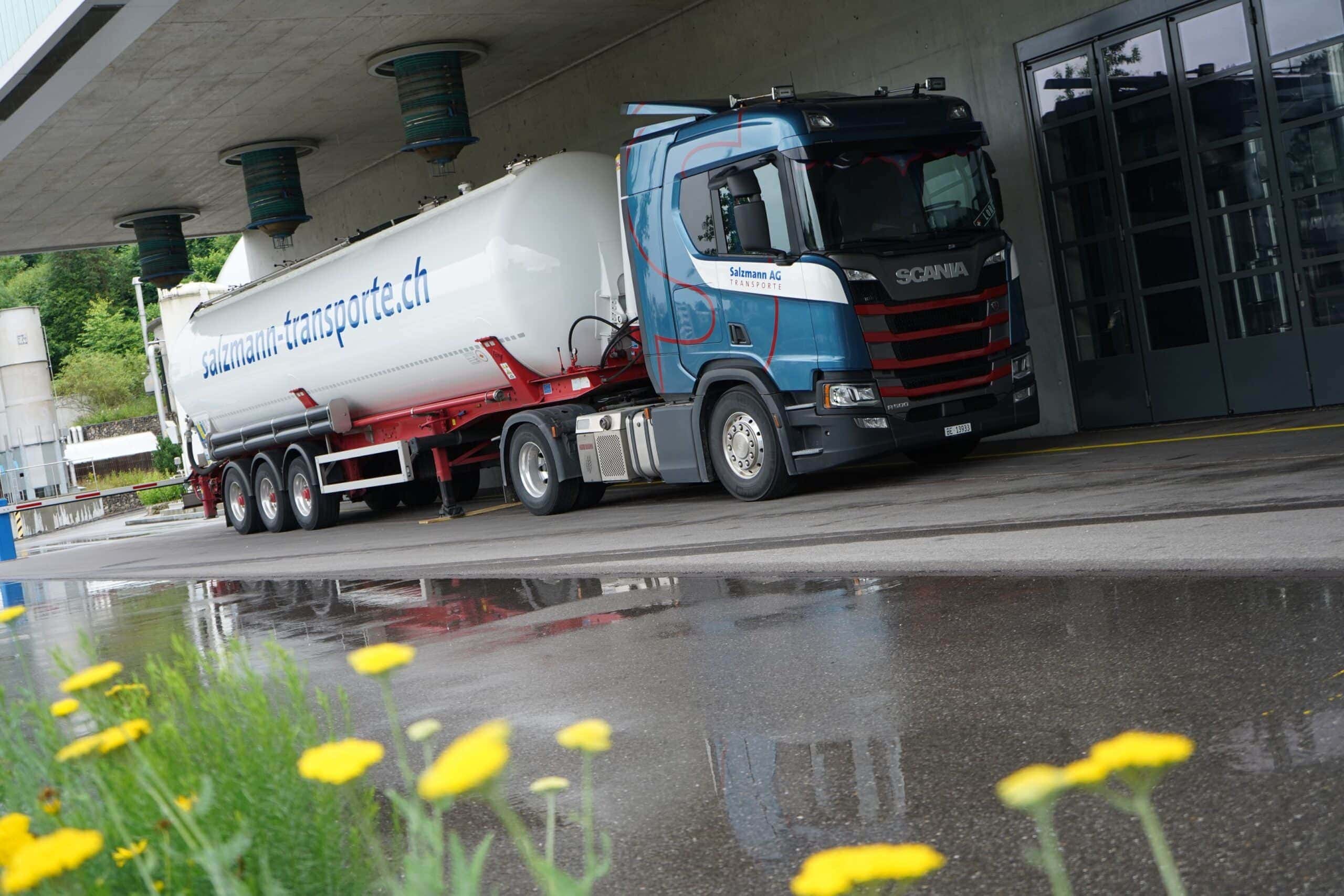 Hans Wach sees great potential for biogas, especially in the commercial vehicle sector – as shown here in the biogas truck of Salzmann AG Transporte. Source: CNG-Mobility.ch
Hans Wach sees great potential for biogas, especially in the commercial vehicle sector – as shown here in the biogas truck of Salzmann AG Transporte. Source: CNG-Mobility.ch
“This quota model could be used to combine several advantages: on the one hand, investments would be made in renewable energy sources in Switzerland – including biogas plants – and on the other hand, existing fleets could be made more ecological. We will have to wait many years until everyone drives an electric vehicle,” says Hans Wach. After all, a normal renewal cycle for the Swiss vehicle fleet would certainly take 10 to 15 years. The switch to electric vehicles will also only take place if all new cars available for purchase are electric. And even this would have to happen 10 to 15 times in a row!
“I’m going to claim that we therefore won’t have a high proportion of electric cars for around 30 years – hardly any sooner,” the outgoing GVM managing director calculates soberly. “If renewable engine energies were also allowed and promoted, the existing fleet could already be decarbonised earlier. Large corporations such as Shell, BP and the like would then probably also invest more in e-fuels and synthetic gases. The manufacturing processes for this are all known, and the supply chain and infrastructure would also be identical to today. All we would have to do is switch to renewable sources where fossil sources and raw materials are currently used,” says Hans Wach.
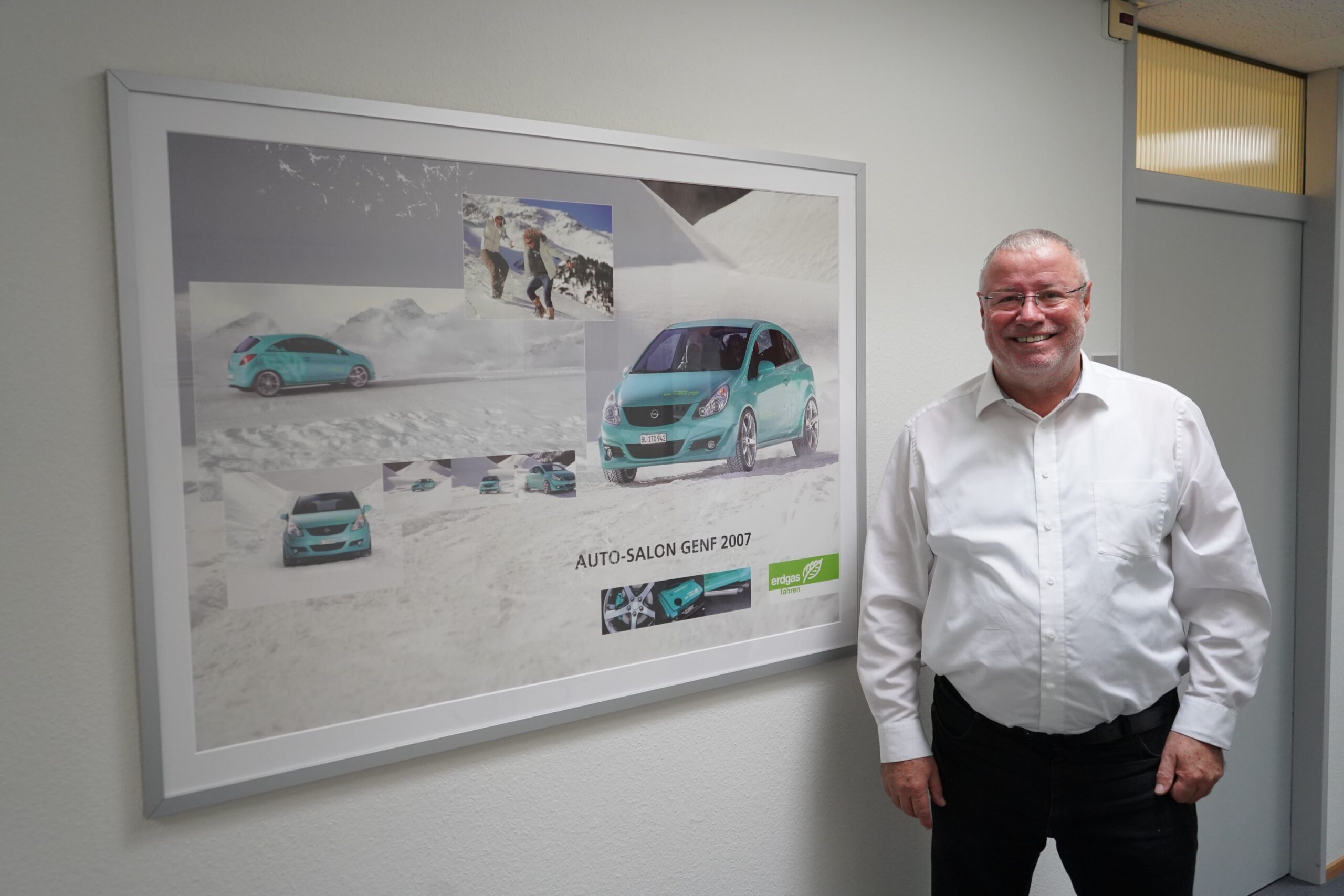 Hans Wach’s presence at the Geneva Motor Show of CNG models and CNG-powered concept cars by automotive visionary Frank M. Rinderknecht provided a boost and a lot of attention for the climate-friendly drive system. Source: CNG-Mobility.ch
Hans Wach’s presence at the Geneva Motor Show of CNG models and CNG-powered concept cars by automotive visionary Frank M. Rinderknecht provided a boost and a lot of attention for the climate-friendly drive system. Source: CNG-Mobility.ch
However, he doubts the will of politicians, who currently prefer electric vehicles, and points out that 100 square kilometres of photovoltaic installations in North Africa’s sunbelt would be enough to cover Switzerland’s entire gas demand – and not just the quantity required for mobility. The energy expert explains: “I figured it out especially. A 10 by 10 kilometre solar system would be sufficient to cover today’s demand of around 35 terawatt hours.” Assuming a peak demand of 50 GWp, like National Councillor and former Swissolar President, Roger Nordmann, the area is correspondingly larger to prevent an electricity shortage in winter. “Then it would be equivalent to around 250 square kilometres of photovoltaic cells. In Switzerland, these would have to be installed primarily on roofs. In addition, there are certainly fewer hours of sunshine here than in North Africa,” analyses Hans Wach. “We are also planning a photovoltaic system on our estate. This works in principle, but it is not a walk in the park and it took around three to four years to implement it.”
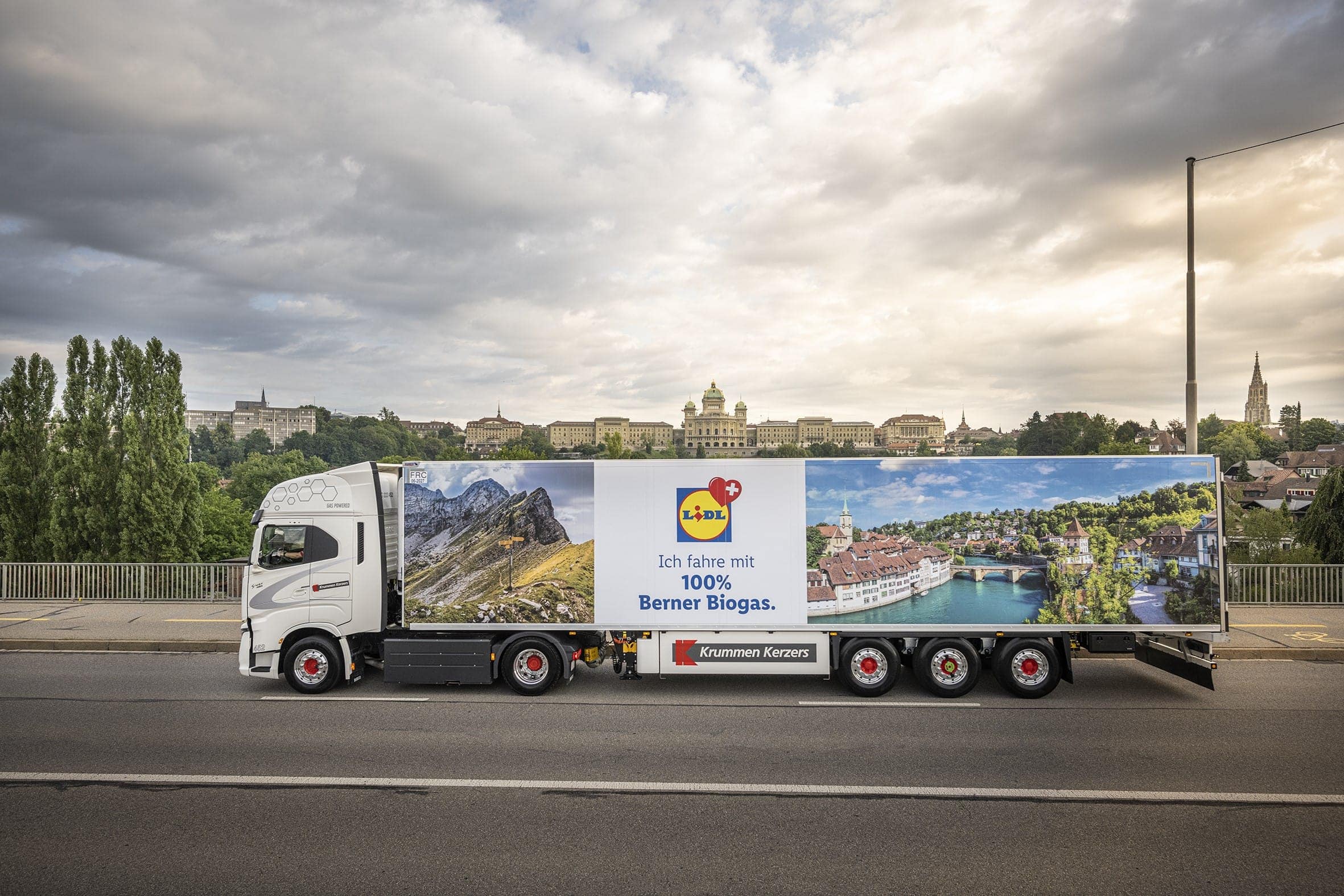 In Bern, the freight forwarder Krummen Kerzers uses only biogas to supply the Lidl store in the center of the capital. Source: Lidl
In Bern, the freight forwarder Krummen Kerzers uses only biogas to supply the Lidl store in the center of the capital. Source: Lidl
The Swiss are certainly mindful of environmental protection and greater sustainability, but a corresponding product must also be available. “We see this particularly well with CNG vehicles. Supply will make or break its success! At the moment, only the supply of trucks is satisfactory,” explains Wach. “There is also great interest in this immediately available, reliable and climate-friendly engine technology in that area. CNG trucks are mainly used in distribution, for example at Migros for branch deliveries. And the only reason why LNG trucks are not booming in Switzerland is because the network of filling stations is still lacking. In Europe, on the other hand, they are very popular, especially on long-haul routes,” explains the expert.
“And LNG, can easily be replaced with bio-LNG in the same way as CNG can be replaced with biogas. If you want to move biogas away from Swiss stand-alone systems, liquefaction is also a good option here.” Ultimately, the bio-LNG/LBG can be transported without any problems and can thus be used for its intended purpose elsewhere. The processing of the raw biogas also offers a great deal of potential, as the liquid CO2 obtained in this way can also be used for air-conditioning or as a raw material for synthetic fuels, for example. “As with all energy sources, it is crucial that we create clean energy balances. Because the balance area of nature is always the planet and not any restricted zones, national spaces or the tailpipe. You also have to keep this in mind when it comes to reducing CO2,” says Hans Wach meaningfully. (jas, 27 January 2022)
Read also the first part of the conversation with Hans Wach “Full throttle with Rinspeed” and his comments on “Seeing gas as part of the solution”.
Rolf Samer is the new CEO of Gasverbund Mittelland AG (GVM)
Rolf Samer succeeded Hans Wach at the helm of Gasverbund Mittelland AG. The expert on the Swiss gas industry was born in Cham (Canton of Zug) on 26 February 1966 and studied industrial and production engineering at ETH Zurich. Samer had previously worked at EWL Energie Wasser Lucerne since 2008 as Head of Procurement and Sales and was Deputy Chairman of the Executive Board. He was also a member of the Board of Directors of Swiss Energy Trading AG (SET) for Erdgas Zentralschweiz AG.
You might also be interested in
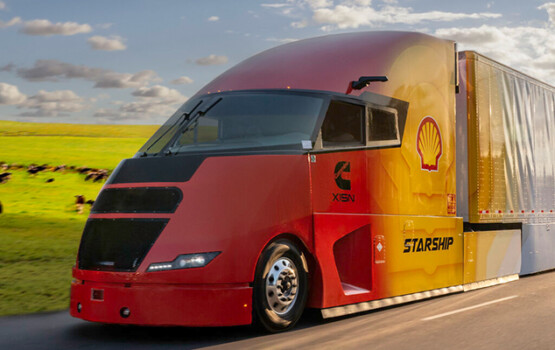
Shell Starship on record hunt
